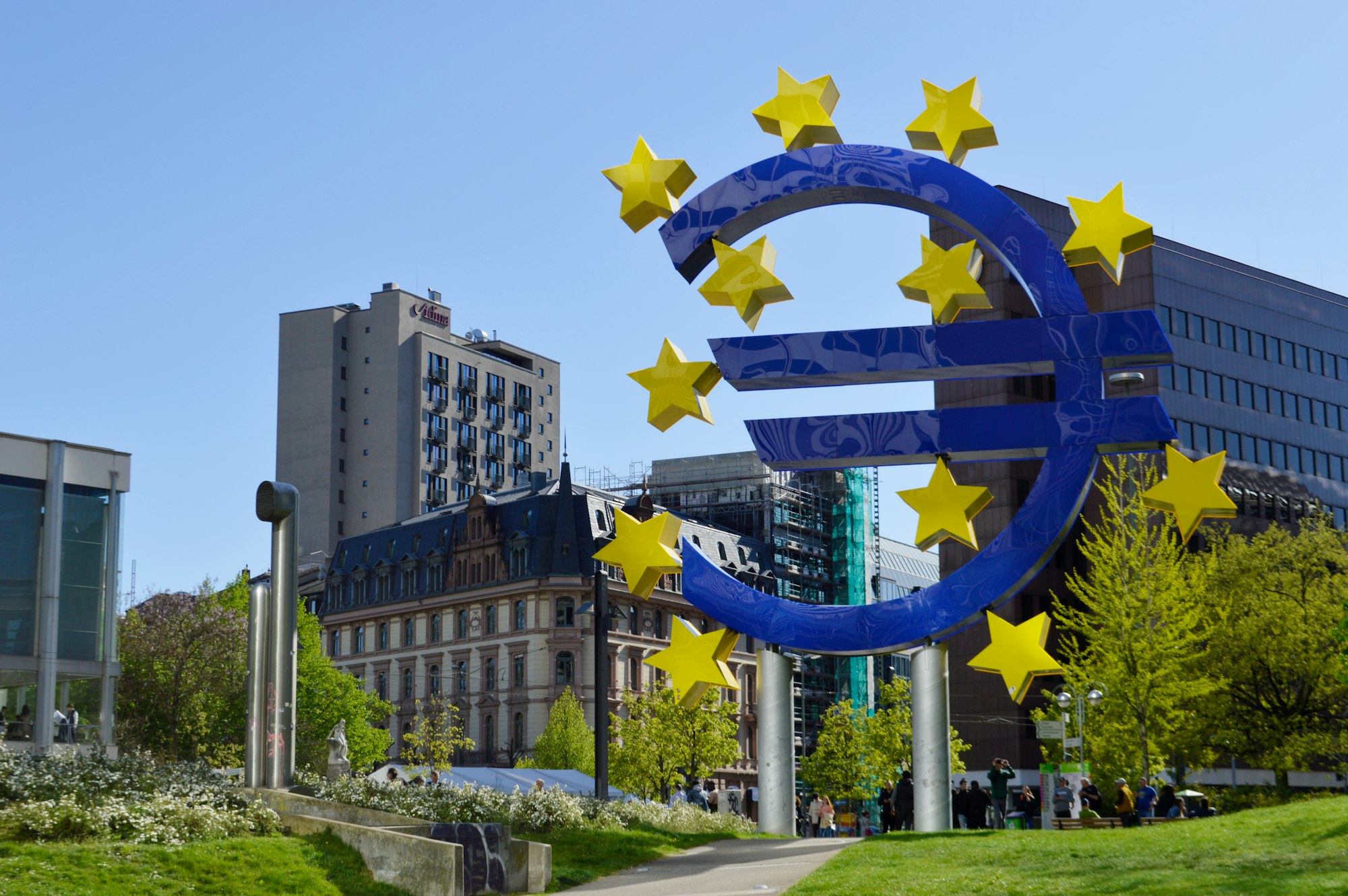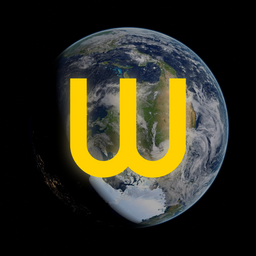Eurozone Walks Economic Tightrope: Navigating Challenges Amidst Recession Risks
The technical definition of a recession—two consecutive quarters of negative growth—holds true for the eurozone, as witnessed in the first quarter of 2023 with a contraction of 0.1% and a further shrinkage of 0.2% in the preceding quarter of 2022.

While the eurozone currently avoids the ominous label of a full-blown depression, it is undeniably navigating a turbulent economic landscape marked by a pronounced deceleration in growth. The recent 0.1% contraction in the eurozone's economy during the third quarter of 2023, coupled with a meager 0.1% year-over-year growth, places the region precariously on the precipice of a winter recession[1]. This contraction follows a period of sluggish growth, further underscoring the formidable economic challenges at play.
The European Central Bank (ECB), in its attempt to grapple with inflationary pressures, has opted to raise interest rates. However, this monetary policy maneuver, while addressing one concern, has inadvertently contributed to a palpable slowdown in overall economic activity. The repercussions of these actions are evident in Germany, the eurozone's economic juggernaut, where the potential growth rate now languishes below 1%.
Eurozone growth strategy
The broader eurozone's growth trajectory has witnessed a discernible deceleration, exemplified by a modest 0.3% expansion in the three months leading up to June 2023. This followed a flatlining in the first quarter and a contraction of -0.1% in the concluding quarter of 2022, signaling a concerning trend in the region's economic performance.
The multifaceted and intricate nature of the eurozone's economic challenges suggests that a swift resolution is unlikely. The European Commission forecasts the bloc's potential growth to be less than 1.5%, dwindling further to 1.2% by 2027. Demographic shifts, such as a contracting working-age population, coupled with minimal productivity gains, contribute to the complex economic terrain.
Businesses within the eurozone voice their concerns over escalating bureaucracy, which diminishes their competitiveness. Moreover, the region's integration into an economic union has stagnated, revealing a lack of apparent political will to propel forward.
To ascertain the eurozone's status vis-à-vis depression, one must scrutinize various economic indicators. The technical definition of a recession—two consecutive quarters of negative growth—holds true for the eurozone, as witnessed in the first quarter of 2023 with a contraction of 0.1% and a further shrinkage of 0.2% in the preceding quarter of 2022.
Inflation, a pivotal indicator of economic health, has seen a notable decline, dropping from a peak of 10.6% in the autumn of the previous year to a more subdued 2.8% in January 2024. While the eurozone's unemployment rate, a barometer of economic distress, has risen compared to the previous year's fall, it remains relatively low.
Eurozone GDP
The metric of GDP per capita has not exhibited a sustained decline but rather a flat trajectory in recent years. Labor market conditions, indicative of economic vitality, have displayed signs of weakening, albeit from a relatively strong position. Business confidence within the eurozone remains low, with scant evidence of a robust recovery. While debt-to-GDP ratios within the eurozone are relatively high, there is no sustained upward trend indicative of a depressed economy.
The eurozone, while not mired in a depression, grapples with a challenging economic milieu characterized by slowed growth and a limited prospect for a swift recovery. The complexities of the economic landscape suggest that a comprehensive and protracted approach will be necessary to address and overcome these multifaceted challenges.



